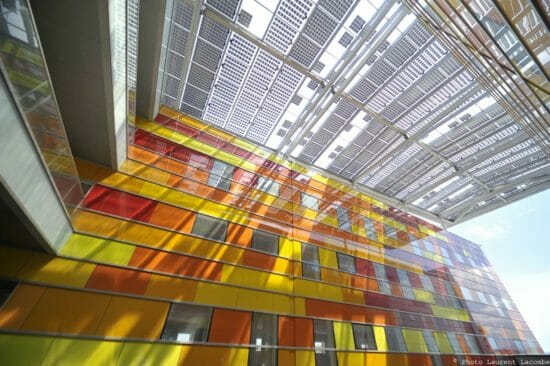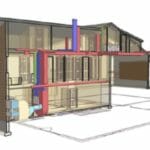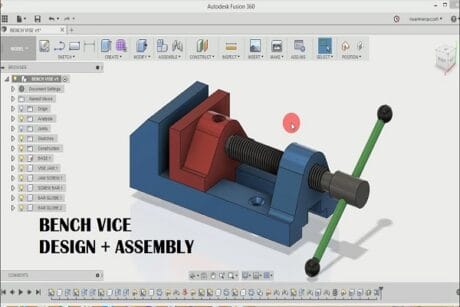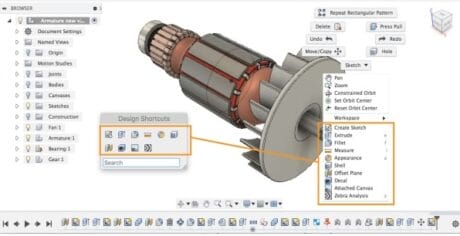No products in the cart.
- Course No E – 1160
- PDH Units 7.00
Course No E - 1160
PDH Units 7.00
- Course No E – 1160
- PDH Units 7.00
Course No E - 1160
PDH Units 7.00
Intended Audience: energy, mechanical, electrical, construction, and civil engineers.
PDH UNITS: 7
The use of photovoltaic systems for converting sunlight into electricity has been expanding rapidly. This course includes an overview of progress in the field; basic information about the photovoltaic effect; discussion of several different types of solar cells, including single-crystal silicon, semicrystalline and polycrystalline silicon, thin-film solar cells, gallium arsenide PV cells, and multifunction devices; and information about modules, arrays and systems of solar PV cells. This course is intended for energy, mechanical, electrical, construction, and civil engineers. However, this course could appeal to engineers of other disciplines as well. An attendee of this course will gain knowledge about the photovoltaic effect, a variety of types of solar PV cells, and procedures for putting cells together into modules, arrays, and systems. In this course, you need to review the material in the pdf file, "Fundamentals of Photovoltaics", which is a publication produced under the Solar Technical Information Program at the Solar Energy Research Institute (SERi) for the U.S. Department of Energy, available online at: www.nrel.gov/docs/legosti/old/16319.pdf. Once you complete your course review, you need to take a multiple-choice quiz consisting of thirty (30) questions to earn 6 PDH credits. The quiz will be based on the entire document.
Learning Objectives
At the successful conclusion of this course, you’ll be able to identify and discuss:- Be familiar with the photovoltaic effect and how it can be used to convert sunlight into electricity
- Be familiar with an atomic description of silicon
- Know how light absorption creates charge carriers
- Know how doping is used to create n-type silicon
- Know how doping is used to create p-type silicon
- Know the relationship between energy band gap level and type of solar radiation absorbed
- Be familiar with the components of single crystal silicon cells
- Be familiar with the processes used to produce single crystal silicon cells
- Be familiar with the components of semicrystalline and polycrystalline silicon cells
- Be familiar with the processes used to produce semicrystalline and polycrystalline silicon cells
- Be familiar with the components of thin-film solar cells
- Be familiar with processes used to produce thin-film solar cells
- Be familiar with Gallium Arsenide solar cells and how they are produced
- Be familiar with multijunction devices and how they are produced
- Be familiar with the method of producing PV modules from single crystal silicon cells
- Be familiar with the method of producing PV modules for thin-film solar cells
- Be familiar with the advantages and disadvantages of flat-plate collectors as compared with concentrating solar collectors
- Know the components of a solar PV system that are part of the “balance of systems”
Once completed, your order and certificate of completion will be available in your profile when you’re logged in to the site.








